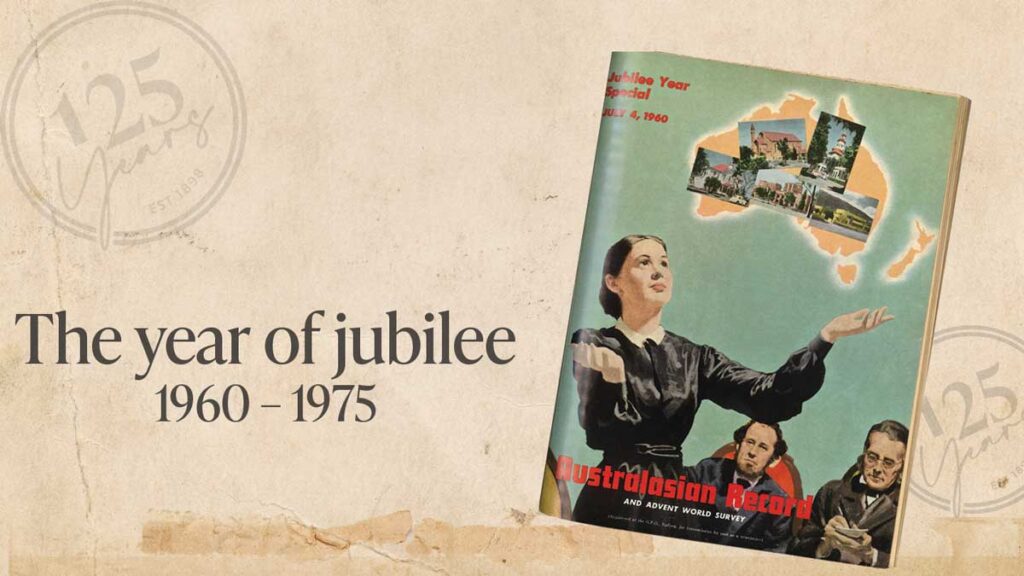Man-Eaters of Malekula
Roy Brandstater
Reading Man-Eaters of Malekula is like discovering a time capsule of the earliest days of Adventist missionary work in the South Pacific, particularly that in the New Hebrides, now Vanuatu. Notably, acknowledging the service and sacrifice of these Christian pioneers, this story begins with the first missionaries from the London Missionary Society in the mid-19th century, pre-dating the first Adventists by more than 60 years.
But the early Adventist missionaries were nonetheless pioneering, confronting serious risks from isolation, difficult travel and communication, disease and hostile tribes, many of whom continued to practice cannibalism. Man-Eaters of Malekula tells their stories over a number of decades, charting the church’s slow, difficult and often uncertain progress. The largest portion re-tells the story of Norman and Alma Wiles, with heartbreaking real-life narration excerpted from Alma’s diary.
But this book also gives a glimpse back to the missionary endeavour of those leading the growth of the church in the Pacific in the 1970s. The manuscript that became Man-Eaters of Malekula was completed in 1981, before the author’s death in 1983, but was submitted for publication only in the past couple of years. As such, these mission stories offer a closer connection to the previous generations of missionaries than a similar book that might be written today.
This makes Man-Eaters of Malekula an important historical artefact, a genuine old-time mission story. Its descriptions of violence and dangers are not for the youngest readers, but the sense of missionary purpose and self-sacrificing service are inspiring. Many people paid a high price to bring better health, education and hope to the islands of the Pacific, and their stories are worth our remembrance.
Nathan Brown is book editor at Signs Publishing in Warburton, Victoria.






